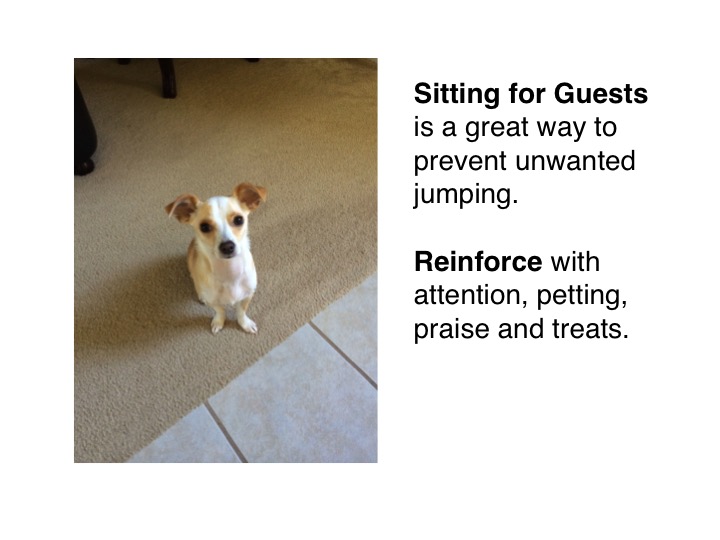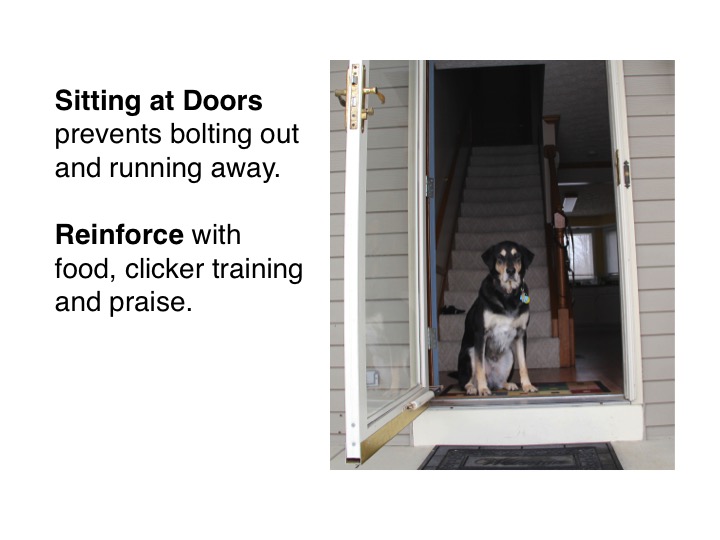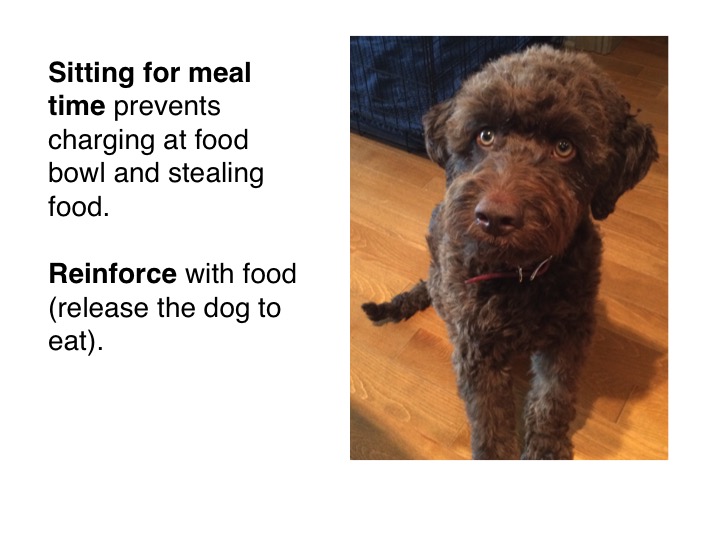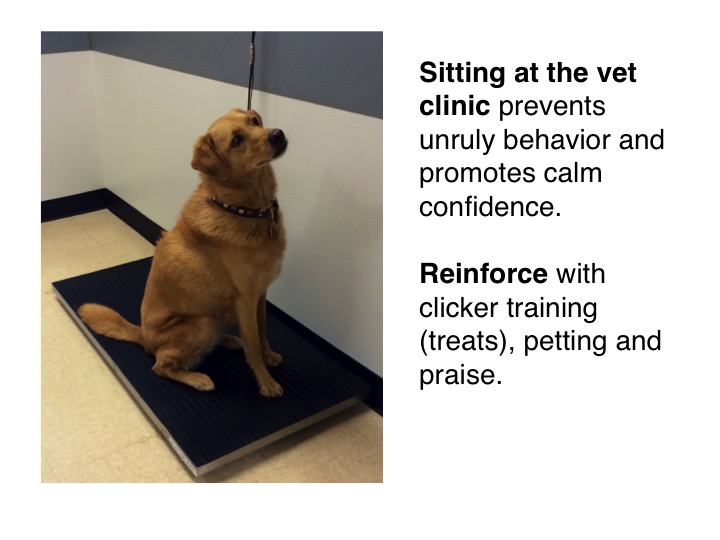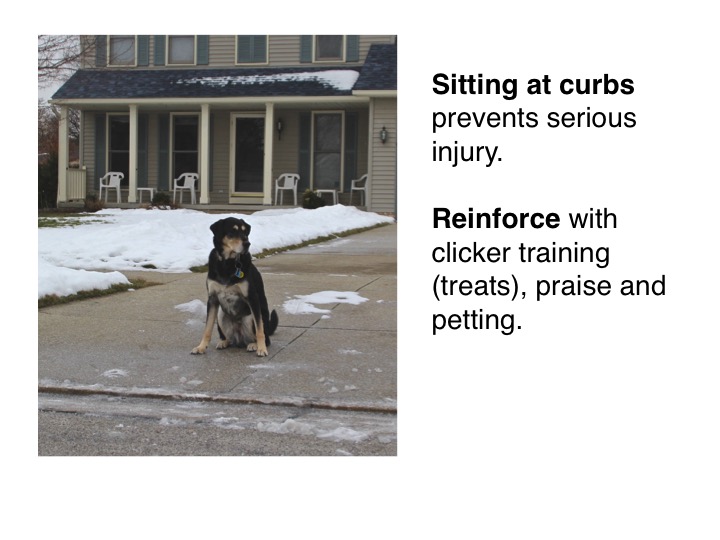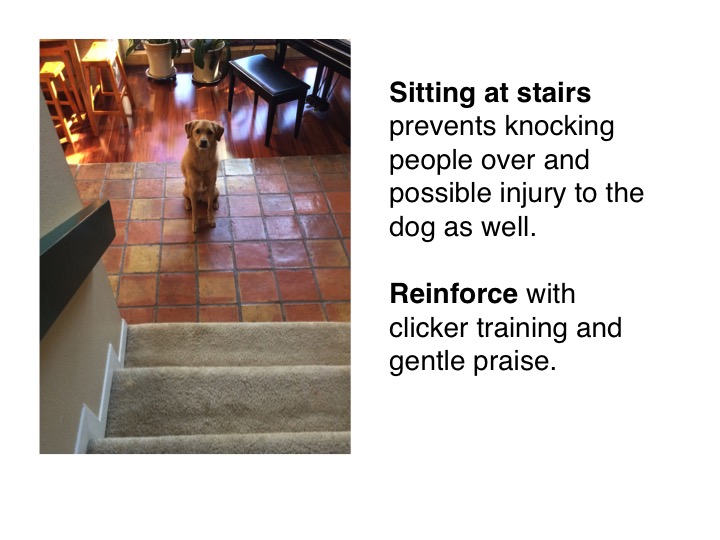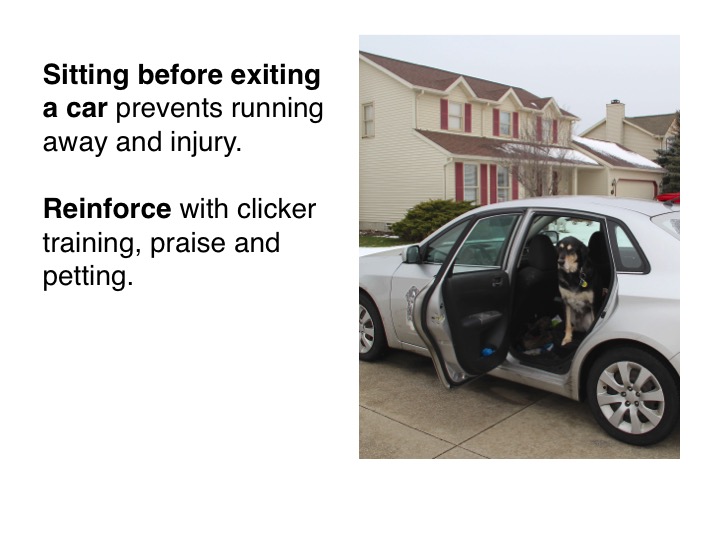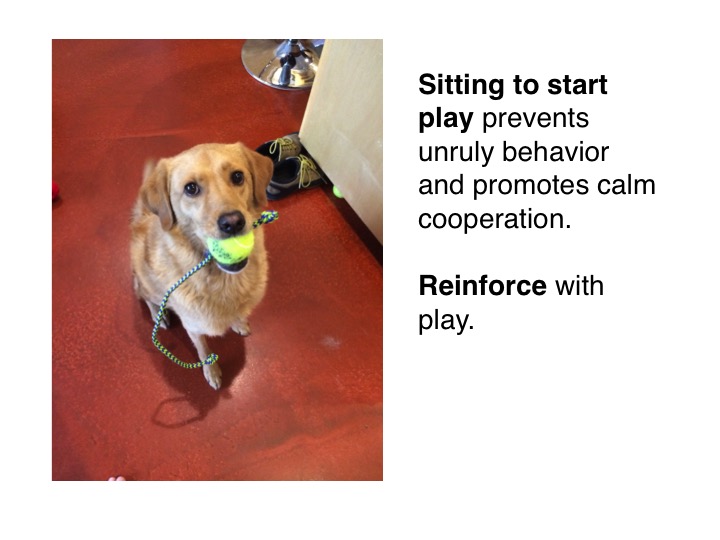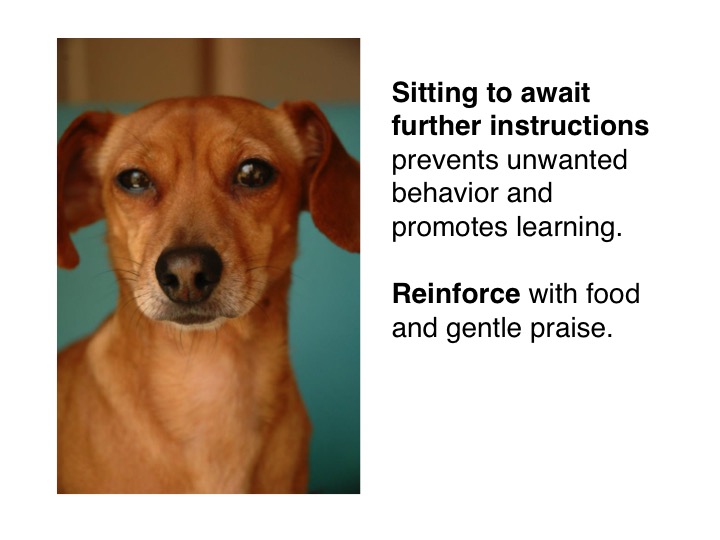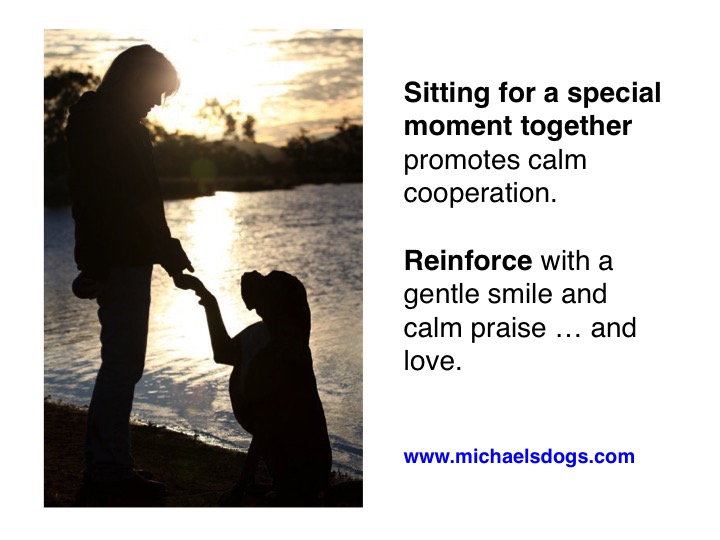Michael Baugh CDBC CPDT-KSA
I’ll start with a bold statement of my opinion. It is normal for us humans to feel compelled to punish our dogs when they do something we don’t like. Normal. Punishment, by definition, makes the behavior stop—even if only for a short while. When our dog’s annoying or upsetting behavior stops—our behavior, by definition, is reinforced. “Effective punishment reinforces the punisher, who is therefore more likely to punish again in the future, even when antecedent arrangements and positive reinforcement would be equally, or more, effective.” (Friedman, 2010).
 We punish, or attempt to punish, all the time. And we aim our vitriol all over the place, not just at our dogs. A guy tries to cut us off in traffic and we honk or we flip him off, or both. If he stops, we are reinforced. We may feel better even if he doesn’t. Our dog barks; we yell; he stops. Our behavior is reinforced. Dog pulls; yank the leash; he slows. You see where this is going.
We punish, or attempt to punish, all the time. And we aim our vitriol all over the place, not just at our dogs. A guy tries to cut us off in traffic and we honk or we flip him off, or both. If he stops, we are reinforced. We may feel better even if he doesn’t. Our dog barks; we yell; he stops. Our behavior is reinforced. Dog pulls; yank the leash; he slows. You see where this is going.
We get hooked on punishment. Sometimes, we can’t even think about how to influence behavior any other way. And as Dr. Susan Friedman (2010) notes, punishment doesn’t help us teach our dog what we want him to do. Stop barking. Stop pulling. Okay, but now what? What do we want the dog to do?
Add to that, our actions may only punish the dog’s misbehavior at the moment or in a certain context. The effect is fleeting. The dog may stop pulling for a moment or two and then resume (same with barking or other doggy crimes). That often leads to chronic yelling, leash yanking, or worse. Our attempts to punish increase in frequency and intensity, true testament they are not having any lasting effect. Before long, it’s simply indiscriminate abuse.
And there are other problems, especially with how fear and pain in the name of training can affect our dog. Studies dating back decades point to the emotional damage fear and pain have on the dog being punished. The data is clear, not only as it relates to dogs but other species, including human children. Using physical violence as a means of training correlates with anxiety related behavior in dogs (Hiby et al., 2004). Specifically, there is a relationship between physical punishment and aggression in dogs (Hsu and Sun, 2010). Many times, using confrontational training techniques can elicit an immediate aggressive response from the dog, putting the human in danger (Herron, Shofer, Riesner, 2009).
But, we still do it. Our punishing behavior is reinforced. No matter that the effects are temporary. They are immediate and we get hooked. Sometimes, nothing beats a quick fix for a human. The cost to the dog takes a back seat to convenience. There are still trainers who sell it, teach it, and never look back. In many places, not to mention TV and the Internet, that’s the norm. Punish. Jerk. Pinch. Hit. Shock. Do what it takes to assert your will and assume dominance. If you care to be more euphemistic, give a correction. It’s all the same to the dog, and the flaws and side effects remain.
So what are we, the punishment addict, to do? Admit to the problem? Make amends? Begin behaving differently? I’m not being cheeky. The answer to all is, “yes.”
The Science of behavior change is unambiguous. It points us clearly and unashamedly toward positive reinforcement training. Like the old and outdated ways, it too yields quick results. But the effects are lasting. Positive reinforcement is also the communication tool we are looking for to teach our dogs what we want them to do. There are no unanswered questions. Instead of barking, come here; lie down; relax. Instead of pulling; walk here; keep an eye on me. And the side effects? They are nothing short of delightful—joy, enthusiasm, and an eagerness in our dogs for learning.
As the cliché goes, it’s up to us. We can learn. We can get hooked on today’s training methods and leave yesterday’s in the dust. We can take on the burden, a light one at that, of learning some new skills. We can take the burden off our dogs. The allure of positive reinforcement training: seeing our dogs behave better, thrive, and succeed. That, too, can be very reinforcing.
Michael is a dog trainer and behavior consultant. He specializes in fearful and aggressive dog behavior in Houston, TX

